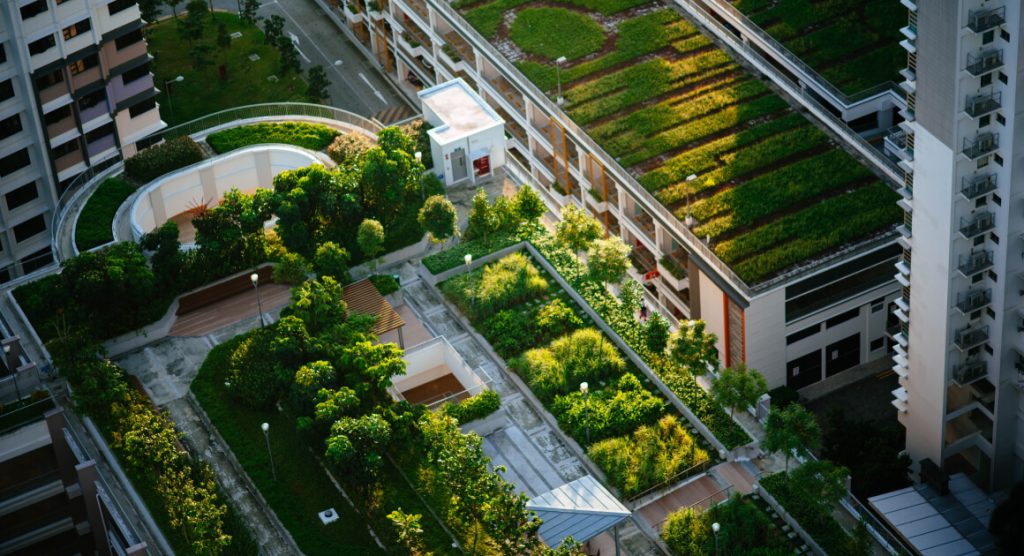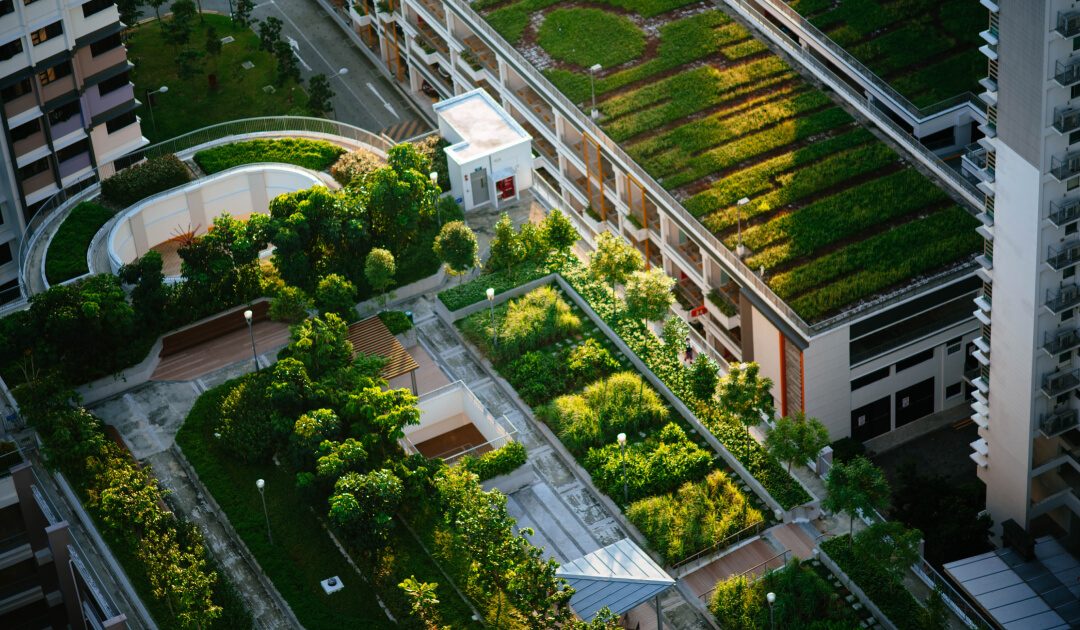What do you think when you hear the term “Smart City”?
Some of us might conjure up a diagram of interconnected cars, buildings, mobile phones, and banks, all operating in digital harmony.

Others might see robots walking the city streets, picking up the garbage and answering useful questions.
Still others might imagine a city run by the highest efficiency standards possible, with utilities finely tuned to their optimal outputs, traffic flowing smoothly, and a citywide database that connects residents to everything a city has to offer.
So which one is it? It’s all of the above, according to the experts.
Smart cities put data and digital technology to work to make better decisions and improve the quality of life. More comprehensive, real-time data gives agencies the ability to watch events as they unfold, understand how demand patterns are changing, and respond with faster solutions.
McKinsey & Company
Smart city uses digital technology to connect, protect, and enhance the lives of citizens. IoT sensors, video cameras, social media, and other inputs act as a nervous system, providing the city operator and citizens with constant feedback so they can make informed decisions.
Cisco
And at Digi.City, a forum for supporting the co-creation of smart(er) cities and more connected communities, they describe a smart city as:
An urban development that unites the needs of the citizens in a sustainable and secure way… providing modern services to all inhabitants.
In other words, smart cities are places where connectivity, infrastructure, IOT applications, and technology solutions all coexist to create a better living environment for city residents.
Let’s take a closer look at a few areas in which smart city solutions help make a city smarter.
Save Time
In the 21st century, people are busier than ever. Constant connectivity means access to a world of information, but it also means we’re forever tied to work.
Saving time has become a big priority for modern city dwellers, and smart cities can provide technology solutions that give back residents valuable hours to spend on their terms.
For instance:
Transportation: Smart City traffic systems like dynamic traffic light phasing and smart parking get us to our destinations faster. An IOT-enabled public transport system powered by smart city connectivity means that citizens can choose the optimal route depending on traffic conditions and time of day.
Healthcare: Digital health services create efficiencies. Telemedicine in particular helps save valuable time that would otherwise be spent traveling to a doctor’s office.
Reduce Costs
Building a smart city of the future will initially require a significant investment of resources. One study foresees a global investment of $41 trillion over the next 20 years to upgrade smart city infrastructure to benefit from IOT capabilities.
But those investments will also save money in the long run. Another study estimates savings accrued to totaling $5 trillion annually. Those cost savings will come in the form of efficiencies gained from improving transportation systems, upgrading production at power plants, and creating a municipality that becomes a destination for talent. After all, if a smart city can attract the best and the brightest, a city’s tax base will expand and businesses will appear to meet the demand.
Conserve Resources and Improve Public Health
The United Nations Environment Program (UNEP) estimates that 66 percent of the global population will live in urban areas by 2050. That means 2.4 billion people will migrate to cities over the next three decades. Although cities occupy less than 2 percent of the earth’s surface, they consume 75 percent of the world’s resources. More people, in ever-larger megacities will inevitably require a greater capacity of fuel, water, and food and create a challenge for public health.
The good news is that IOT applications for smart cities can significantly unburden public health officials. Here are a few areas where smart city infrastructure can contribute to the sustainability of large cities.
Reduce carbon emissions:
Improve a city’s carbon footprint by introducing alternatives to public transportation, like bike lanes, smart-ride sharing, and electric vehicles.
Be more energy efficient:
smart city managers can use IOT in smart cities to reduce resource consumption. Simple solutions like LED street lights and smart lights (that turn off when people are not present) can significantly cut costs and cut down on pollution.
Upgrade waste management:
the global population produces 3.6 million tons of solid waste each day. Smart waste solutions like solar-powered trash compactors and self-powered circular recycling plants are already in operation.
City officials can use these technologies to make more conscious decisions about resource management, building a smart city that is more sustainable, uses less energy, and creates an improved environment for city residents.
